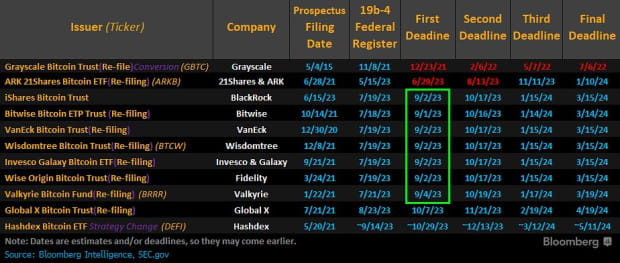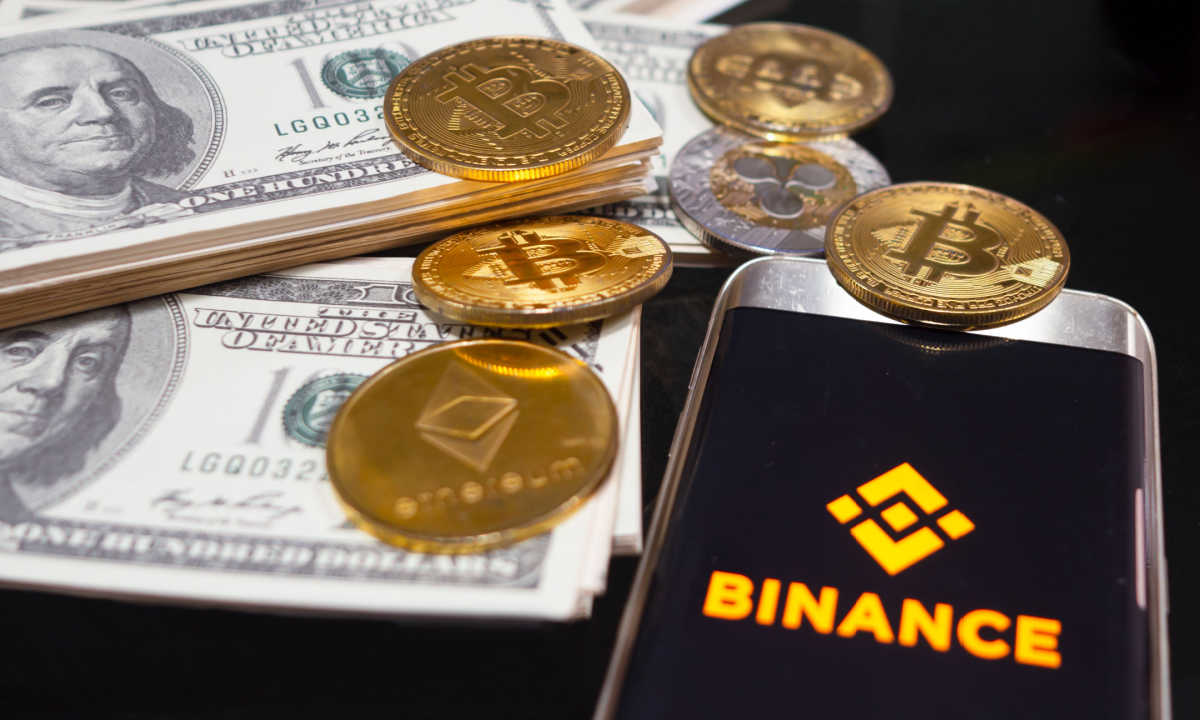
Some cryptocurrencies are inflationary as a result of the availability of cash will increase over time. Inflationary cryptocurrencies use a mix of predetermined inflation charges, provide constraints, and mechanisms for distributing tokens to keep up the availability and incentivize participation within the community.
Taking a look at their financial programs, cryptocurrencies have varied coin-creation and provide mechanisms. Inflationary cryptocurrencies have a steadily rising provide of cash getting into the cryptocurrency market. Sometimes, there’s a predetermined fee of inflation set, which specifies the proportion enhance within the foreign money’s whole provide over time. Furthermore, the inflationary token’s most provide is often fastened or variable, setting the whole variety of tokens that may be created. As soon as the utmost provide is reached, no extra tokens may be minted.
Nonetheless, completely different cryptocurrencies nonetheless have various tokenomics, which can be adjusted over time. For example, Dogecoin (DOGE) as soon as had a tough cap of 100 billion tokens till the availability cap was eliminated in 2014. With this determination, DOGE now has an infinite provide of cash.
How does an inflationary cryptocurrency work? Inflationary cryptocurrencies distribute newly minted cash to community contributors using devoted consensus mechanisms, reminiscent of proof-of-work (PoW) and proof-of-stake (PoS), by means of which new cash can both be mined into existence (Bitcoin (BTC)) or distributed to community validators (Ether (ETH)).
Via Bitcoin’s PoW consensus mechanism, miners validate transactions and are rewarded primarily based on who solves the puzzle first. In PoS, when a block of transactions is able to be processed, the PoS protocol will select a validator node to evaluation the block. The validator checks if the transactions within the block are correct. If that’s the case, the validator provides the block to the blockchain and receives ETH rewards for his or her contribution, usually proportional to the validator’s stake.
In some cryptocurrencies, the distribution of latest tokens may be influenced by governance selections. For instance, decentralized autonomous organizations (DAOs) might vote to launch treasury funds, change staking rewards and set vesting intervals, finally affecting the foreign money’s inflation fee and the distribution of latest tokens.









![Methods to Purchase DeFi Pulse Index on CoinStats [The Ultimate Guide 2022]](https://bitrrency.com/wp-content/uploads/2022/05/DeFi_Pulse_og-100x70.png)

